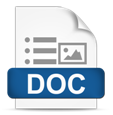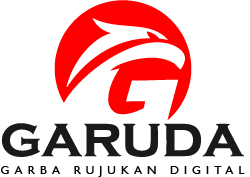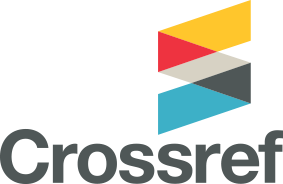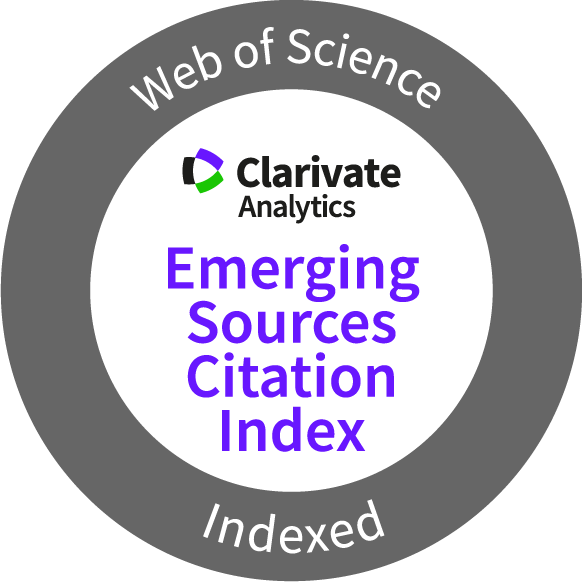Comparison of Sensitivity and Specificity between B.I.L.E. Criteria and Tokyo Guidelines 2018 (TG18) for Diagnosing Acute Cholangitis
Abstract
Acute cholangitis is an inflammatory condition of the biliary system due to bacterial infection associated with biliary stasis or obstruction. Diagnosis is made using the Tokyo Guidelines 2018 (TG18) criteria. The biliary imaging abnormality, inflammatory test abnormality, liver test abnormality, and exclusion of cholecystitis/pancreatitis (B.I.L.E.) criteria are relatively new, with limited studies evaluating their sensitivity, specificity, and validation. This study aimed to compare the sensitivity and specificity of B.I.L.E. and TG18 criteria for the diagnosis of acute cholangitis. This is an observational analytic study with prospective cohort design during May 2023–May 2024. Data were obtained from patients who came to the Emergency Department of Dr. Hasan Sadikin General Hospital Bandung, Indonesia, with clinical symptoms of fever and jaundice, suspected of acute cholangitis. There were 95 subjects in this study. Based on B.I.L.E. criteria, 57 (60%) patients were categorized as high probability and 38 (40%) patients were categorized as unlikely acute cholangitis, while the TG18 criteria resulted in 61 (64.2%) patients classified as definite and 34 (35.8%) patients classified as suspected acute cholangitis. The sensitivity of the B.I.L.E. criteria was 92.1%, with a specificity of 94.73%. Positive Predictive Value (PPV) and Negative Predictive Value (NPV) of B.I.L.E. criteria were 92.1% and 94.73%, respectively. In contrast, the sensitivity and specificity of TG18 criteria in this study were 82.35% and 83.6%, respectively. The PPV of TG18 reached 73.68% while the NPV of TG18 reached 89.47%. In conclusion, B.I.L.E. criteria have higher sensitivity and specificity than TG18 criteria in diagnosing acute cholangitis patients.
Keywords
Acute Cholangitis, B.I.L.E. Criteria, Diagnostic, TG18 Criteria
Full Text:
PDFReferences
- Kiriyama S, Kozaka K, Takada T, Kiriyama S, Kozaka K, Takada T, et al. Tokyo Guidelines 2018: diagnostic criteria and severity grading of acute cholangitis (with videos). J Hepatobiliary Pancreat Sci. 2018;25(1):17–30. doi:10.1002/jhbp.512
- Hudgi A, Cartelle AL, Ahmed A, Alkaddour A, Palacio C, Vega KJ, et al. Tokyo Guidelines (TG18) for Acute cholangitis provide improved specificity and accuracy compared to fellow assessment. Cureus. 2022;14(7):e27527. doi:10.7759/cureus. 27527
- An Z, Braseth AL, Sahar N. Acute cholangitis: causes, diagnosis, and management. Gastroenterol Clin North Am. 2021;50(2):403–14. doi:10.1016/j.gtc.2021.02.005
- Iqbal U, Khara HS, Hu Y, Khan MA, Ovalle A, Siddique O, et al. Emergent versus urgent ERCP in acute cholangitis: a systematic review and meta-analysis. Gastrointest Endosc. 2020;91(4):753–60.e4. doi:10.1016/j.gie.2019.09.040
- Sperna Weiland CJ, Busch CBE, Bhalla A, Bruno MJ, Fockens P, van Hooft JE, et al. Performance of diagnostic tools for acute cholangitis in patients with suspected biliary obstruction. J Hepatobiliary Pancreat Sci. 2022;29(4):479–86. doi:10.1002/jhbp.1096
- Jena A, Singh AK. BILE criteria: Is it too early, or a stage is set?. Gastrointest Endosc. 2021;94(5):1016–17. doi:10.1016/j.gie.2021.06.005
- Ahmed M. Acute cholangitis-an update. World J Gastrointest Pathophysiol. 2018;9(1):1–7. doi:10.4291/wjgp.v9.i1.1
- Lu ZQ, Zhang HY, Su CF, Xing YY, Wang GX, Li CS. Optimal timing of biliary drainage based on the severity of acute cholangitis: A single-center retrospective cohort study. World J Gastroenterol. 2022;28(29):3934–45. doi:10.3748/wjg.v28.i29.3934.
- Mohammad Alizadeh AH. Cholangitis: Diagnosis, Treatment and Prognosis. J Clin Transl Hepatol. 2017;5(4):404–13. doi:10.14218/JCTH.2017.00028
- Mukai S, Itoi T, Tsuchiya T, Ishii K, Tanaka R, Tonozuka R, et al. Urgent and emergency endoscopic retrograde cholangiopancreatography for gallstone-induced acute cholangitis and pancreatitis. Dig Endosc. 2023;35(1):47–57. doi:10.1111/den.14379
- Gravito-Soares E, Gravito-Soares M, Gomes D, Almeida N, Tomé L. Clinical applicability of Tokyo guidelines 2018/2013 in diagnosis and severity evaluation of acute cholangitis and determination of a new severity model. Scand J Gastroenterol. 2018;53(3):329–34. doi:10.1080/00365521.2018.1430255
- Pak M, Lindseth G. Risk factors for cholelithiasis. Gastroenterol Nurs. 2016;39(4):297–309. doi:10.1097/SGA.0000000000000235
- Buxbaum J, Qumseya B, Wani S. Toward an evidence-based approach for cholangitis diagnosis. Gastrointest Endosc. 2021;94(2):297–302.e2. doi:10.1016/j.gie.2021.04.016
DOI: https://doi.org/10.15395/mkb.v57.4132
Article Metrics
Abstract view : 351 timesPDF - 84 times

This work is licensed under a Creative Commons Attribution-NonCommercial 4.0 International License.

MKB is licensed under a Creative Commons Attribution-NonCommercial 4.0 International License
View My Stats







